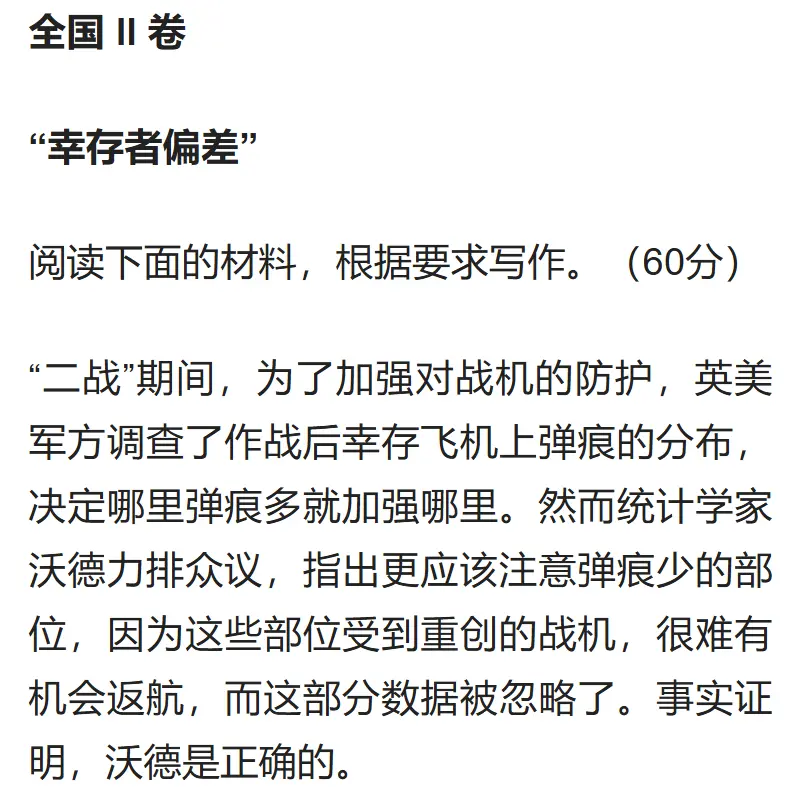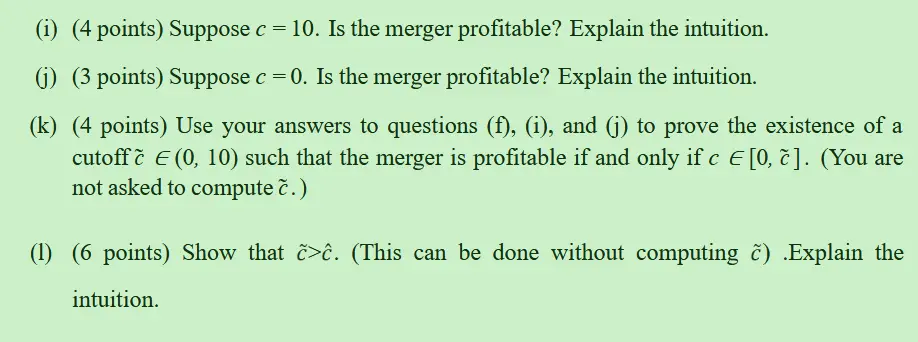The Mathematical History of Economics

If economics and mathematics continue to coexist for another century and a half, who can imagine what changes it will bring about. — Shi Shuzhong
Reasons for Recommendation
- Perspective: Shi Shuzhong has a pure mathematics background. This book is actually a popular science introduction to the mathematics of economics for mathematics students. The interesting disciplinary stance is that mathematicians generally try to avoid normative analysis in social sciences and non-mathematical explanations of terms.
- Reading Difficulty: Intermediate microeconomics level, but since it is aimed at mathematics students, some parts exceed intermediate level. For example, intermediate microeconomics usually introduces Arrow’s Impossibility Theorem using tables, while this book directly uses functional analysis.
- Disciplinary History: This book can be seen as a history of the development of mathematics in economics. Many people finish studying microeconomics without understanding the development of mathematical tools. For example, many only know a couple of example problems from textbooks about the contributions of Cournot, Walras, and Arrow. The history of the discipline fills in the gaps, helping to understand the inheritance process of these masters.
As I mentioned in The Arrogance of Economics: Some Recent Thoughts, I believe that learning the history of a discipline is very important. Understanding the history of the integration of mathematics and economics is also crucial.
If you haven’t experienced the beauty of intermediate level, it’s hard to go far by immersing yourself in advanced mathematical techniques. Because economic thought is already fully permeated at the intermediate level, the advanced level is just a precise expression and generalization of the intermediate models.
Reviewing the biographies of economists is actually quite interesting. Just as people are obsessed with commenting on contemporary economists and gossiping about the career moves of academic stars, in the history of mathematical economics, you can also see many familiar names who were once obscure in their papers until their contributions were later recognized.
- Ideology: In that era, using mathematical tools to analyze economics was considered to have a capitalist flavor. The book is full of this era-specific characteristic, with the author having to emphasize that they are critically viewing it and inserting discussions on Soviet socialist mathematical economics. This historical atmosphere feels quite novel to me 😂.
Historical Review
The fusion of mathematics and economics was a tortuous process, with many geniuses not being recognized by their contemporaries because their mathematics was too advanced.
17th Century. William Petty (William Petty) “Political Arithmetic”. This was the beginning of using numbers.
19th Century.
Use of Functions: Cournot (Charles-François Gounod)1 (student of Paris Normal School, student of Laplace and Poisson) “Mathematical Principles of the Theory of Wealth”. Many could not accept the mathematical expression of the price-demand function in the book, so Cournot wrote another version avoiding mathematics (but it still didn’t become popular). His contributions were only recognized 80 years after his death.
Pioneers of Marginal Analysis:
Gossen (Hermann Heinrich Gossen)2 was not accepted in his time because his mathematics was too advanced. The founder of the Austrian School, Menger (Carl Menger), who did not know calculus, described marginal analysis using intuition, which had a great influence. The Austrian School thereafter had few economists who actively used mathematics.
Jevons (William Stanley Jevons) “A Brief Statement of a General Mathematical Theory of Political Economy” (1862), Walras (Léon Walras) (founder of the Lausanne School) “Elements of Pure Economics”. Both knew calculus, Walras was better at mathematics than Jevons.
Menger, Jevons, and Walras all independently developed marginal analysis, but they later found that Gossen was the earliest, though he was not recognized.
Expansion of Mathematical Models: Walras’s general equilibrium theory emerged. It proved the existence of prices that balance market supply and demand. However, Walras’s mathematics was not good enough; he thought that if the number of variables equals the number of equations, there would be a solution, without considering the rank of the equation system. Although the proof was not rigorous, the idea still had a profound impact. Von Neumann also thought about game theory based on general equilibrium.
80 years after Walras proposed the general equilibrium theory, Debreu (Gérard Debreu) “Theory of Value: An Axiomatic Analysis of Economic Equilibrium” (1959) strictly proved the existence of general equilibrium. It is a necessary and sufficient condition with the Brouwer fixed-point theorem.
Second Generation of Marginal Utility School: Edgeworth “Mathematical Psychics”, Marshall “Principles of Economics” (Marshall (Alfred Marshall)3 also had a mathematics background, representing the Cambridge School). Keynes (John Maynard Keynes)4 was a student of Marshall.
Second Generation of Lausanne School: Pareto (Vilfredo Federico Damaso Pareto) (worked as a railway mining engineer for 20 years).
American Marginal School: Fisher5 (Irving Fisher) inspired Keynes.
Austrian School Follow-up: Menger’s son became a mathematician and brought out two important figures, one being Gödel (Gödel) of the incompleteness theorem, and the other being the statistician Wald (wald)6 (Wald test in econometrics). Schumpeter (Joseph Alois Schumpeter), though born in the Austrian School, had theories that almost dominated the field.

The most famous mathematical method in macroeconomics is control theory, which was formed by a group of free-spirited scientists in Vienna, including von Neumann. The first to seriously introduce control theory into economics was Alan Blinder (Alan Stuart Blinder). Earlier introductions of control theory are more commonly known through Phillips (Phillips)7.
Economics That Can Be Studied with Mathematics and Mathematics in Economic Research
There was once a fierce debate in domestic Marxist political economy about what the research object should be. Shi Shuzhong’s words are thought-provoking—the significance of choosing a research object is determined by the research results, not by arguing with others. You should study whatever object you want, and it’s best to accept the test, but the choice of research object should not be constrained. Do not be overly constrained by terms like xx-ism, xx school, xx needs, xx practice.
The part of economics that frequently uses mathematics is empirical economics. But it is necessary to distinguish the goals of using mathematics, because many people hope that economics can achieve the same predictive power as physics through mathematics. But take physiology as an example, although we can dissect the heart, no one expects it to predict the heartbeat.
The role of economics should be to cooperate with empirical analysis to form clear axiomatic expressions.
Interesting Mathematical Economic Thinking
Here I will only summarize some information that I think is worth extracting.
Dual problem. Profit maximization and cost minimization are dual problems. Continuous iteration and calculus may lead to some more important transformations.
Cardinal utility theory is difficult to generalize, while ordinal utility theory is easier and can prove that cardinal utility theory has a corresponding suitable ordinal utility theory.
Prisoner’s dilemma inspiration: local optimum does not equal global optimum, the key is not to be too dispersed, otherwise it is easy to fight internally.
Arrow’s Impossibility Theorem is a网红 theorem, many people like to hang a title—mathematics proves that democracy is impossible. Buchanan developed public choice theory based on this, criticizing the effectiveness of collective decision-making. However, the contributor Arrow himself was very cautious:
The philosophical and distributive implications of social choice contradictions are not clear, and there is certainly no simple way to resolve them. — Arrow
Edgeworth Box: The exchange process is not necessarily equal, this is an equal opportunity, at every Pareto optimal point, the distribution between the two parties can easily be unequal, but the opportunity to achieve any result is equal. This reflects that procedural justice may be more important than outcome justice.
Uncertain environments can help us determine cardinal utility theory.
Shi Shuzhong approaches the macro part from the perspective of engineering control.
The blogger Song recommended “Cybernetics and Scientific Methodology” to me. In fact, some foreign universities in macroeconomics also require students to study control theory and dynamical systems. Walras and Pareto also received training in this area.
Macro systems need to consider input, output, transfer, feedback, goal achievement, and optimal path (flowchart). Ordinary differential equations are closely related to control theory. If society is seen as a system, then the market is a regulator.
For example, the following differential equations reflect the relationship between wage-product ratio and employment rate.
$$ \begin{cases} \dot{\varepsilon}=-{\varepsilon }h\left( \theta \right)\\ \dot{\theta}=-{\theta }g\left( \varepsilon \right) \end{cases} $$
Mathematically, it is a nonlinear Volterra equation. Initially, it described the ecosystem at the bottom of a lake, where big fish eat small fish, but when the small fish are eaten up, the big fish also find it difficult to survive, eventually reaching an equilibrium. (Therefore, the New Cambridge School believes that this equation is like class struggle.)
Conclusion
Regarding the current relationship between economics and mathematics.
I feel that the controversy lies in what is called economic intuition. For example, in this foreign exam question, you are first asked to calculate, then to think intuitively after calculating. At this point, mathematics and economic reasoning complement each other.

What is economic intuition? Is there really so-called counter-intuitive research?
My current feeling is that intuition is the grasp of the trend of factor changes. Roughly knowing the direction of influence and weight of a factor in the market system.
I also agree with a sentence from “The Origin of Wealth”: The most wonderful part of science is that it seems incredible before analysis, but after analysis, it seems inevitable.
Many people quote Marx’s saying—A science is only truly perfected when it successfully applies mathematics.
Actually, this sentence appears in Lafargue’s memoirs, where Lafargue said that Marx said this. Marx did not express this view in his own works. However, Marx’s mathematics at least reached Taylor expansion. Interestingly, although Marx learned some calculus, he did not realize that his theory of differential rent had the idea of marginal analysis. Marx also believed that the mystification tendency of mathematics was one of the reasons for its development. This can be found in “Marx’s Mathematical Manuscripts.”
The successful mathematics in economics is actually an abstraction of the essence of phenomena. Through scientific abstraction, the internal mechanism of things is revealed. Can we achieve qualitative analysis without quantitative analysis? Although Adam Smith directly conducted qualitative analysis, after mathematization, people understood Adam Smith’s qualitative analysis more clearly. The journey from vague text to rigorous mathematical description is a long one, measured in centuries.
-
The classic Cournot model in microeconomics discusses a type of duopoly game. For example, why Coca-Cola and Pepsi can compete until now. ↩︎
-
Gossen’s two laws: diminishing marginal utility and equal marginal utility at equilibrium. ↩︎
-
Author of “Principles of Economics.” ↩︎
-
Keynes also wrote a book “A Treatise on Probability” in 1921. However, Keynes was not very optimistic about his models being mathematized. ↩︎
-
What you need to know in finance and monetary studies—Fisher equation. It contains the idea of dichotomy, nominal and real. ↩︎
-
His more famous story is the U.S. military survivor bias, which was also a multiple-choice question in the 2017 college entrance exam. ↩︎
-
Phillips curve, the trade-off between inflation and unemployment. ↩︎
